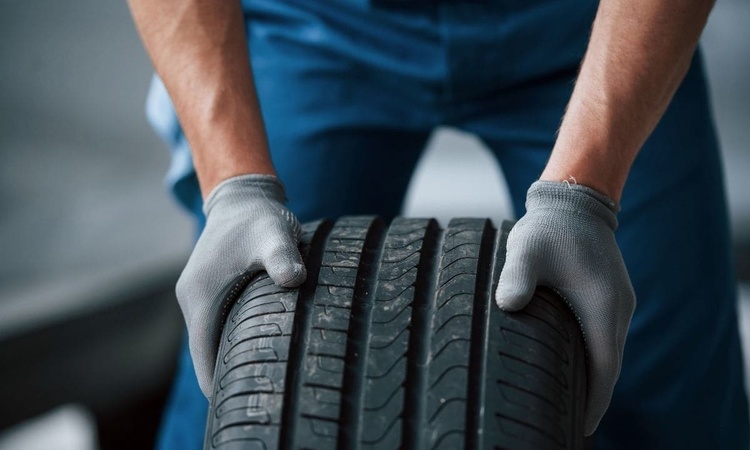Tire care techniques to enhance handling and fuel efficiency
Proper tire care has a direct impact on vehicle handling and overall fuel efficiency. Regular attention to pressure, tread condition, alignment, and rotation reduces rolling resistance and improves grip, which together support better economy and safer driving. This article outlines practical tire maintenance steps, how they interact with vehicle systems, and actions drivers can take to maximize performance and efficiency.

Tire care techniques to enhance handling and fuel efficiency
How do tires influence handling and fuel efficiency?
Tires are the only contact between a vehicle and the road, so their condition determines grip, braking distance, and steering response. Underinflated tires increase rolling resistance, which requires more engine power and raises fuel consumption. Overinflation reduces the contact patch, which can harm handling and unevenly wear the center tread. Properly sized and well-maintained tires provide a balance between low rolling resistance for efficiency and adequate tread depth for handling and safety.
What maintenance keeps tires efficient and safe?
Routine maintenance includes checking tire pressure, inspecting tread depth and sidewalls, rotating tires, and ensuring correct wheel alignment. Pressure checks should be done at least monthly and before long trips, using the manufacturer-recommended psi found in the owner’s manual or door jamb placard. Regular rotation—typically every 6,000 to 8,000 miles—promotes even wear. Wheel alignment and balancing are essential after impacts or when steering pull or vibration occurs; they preserve handling and extend tire life.
How does tire pressure relate to fuel and diagnostics?
Maintaining correct tire pressure reduces rolling resistance and improves fuel economy, potentially saving noticeable amounts over time. Many modern vehicles include tire pressure monitoring systems (TPMS) and on-board diagnostics that alert drivers to pressure loss or sensor faults. Low pressure may also trigger warning lights that often coincide with other diagnostic codes; addressing tire issues early reduces strain on drivetrain components and preserves vehicle efficiency and performance.
Can aerodynamics and tires improve efficiency?
Tire selection and condition interact with vehicle aerodynamics to influence fuel use. Low rolling resistance tires are designed to deform less and return energy more efficiently, which supports improved fuel economy. While aerodynamic upgrades affect overall drag, ensuring tires are in good shape prevents excess vibration and drag from uneven wear or misalignment. For highway driving, properly inflated tires combined with clean, aerodynamic vehicle configurations yield the most consistent fuel savings.
What role do battery and hybrid systems play in tire performance?
In hybrid and electric vehicles, tire condition remains critical for range and handling. Heavy battery packs increase vehicle weight, so tire load ratings and pressure must match manufacturer recommendations to avoid excessive wear and rolling resistance. Properly maintained tires help hybrids achieve expected efficiency by minimizing energy lost to deformation. In addition, regenerative braking systems rely on consistent tire grip to optimize energy recovery without compromising safety.
How can telematics support tire servicing and route planning?
Telematics and vehicle diagnostics can improve tire maintenance by providing real-time alerts and aggregated data on tire pressure, temperature, and wear trends. Fleets and individual drivers benefit from route planning that reduces prolonged heavy loads or stops that exacerbate tire wear. Predictive servicing, informed by telematics, schedules rotations and alignments at optimal intervals, preserving tire health and sustaining fuel efficiency across varied driving conditions.
Practical tips for everyday tire care
Keep a routine: check pressure monthly and before long trips. Inspect tread for embedded objects, sidewall cuts, and uneven wear patterns that may indicate alignment problems. Rotate tires as recommended and replace them when tread depth approaches legal or safety limits. Use tires with the appropriate load index and speed rating for your vehicle, and consider low rolling resistance models if efficiency is a priority. Store spare tires properly and maintain a record of servicing to track wear and interventions.
Conclusion Tire care is a straightforward, high-impact element of vehicle maintenance that affects handling, safety, and fuel economy. Regular pressure checks, timely rotations, correct alignment, and selecting suitable tire types all contribute to lower rolling resistance and more predictable handling. Combined with vehicle diagnostics, telematics, and mindful route planning, consistent tire maintenance helps drivers and fleets achieve better efficiency and safer performance over the life of the tires.





